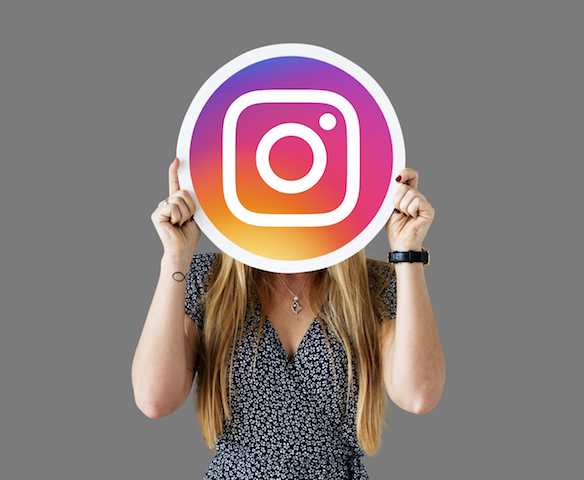Disney is all about the live action remakes this year. One of the most anticipated classics set to release this month is “The Lion King.” With an all-star squad of voices for the characters, we know that this film is bound to have roaring approval. Yet before we get too excited for the remake, we thought it would be fun to look back and share some amazing facts about the original beloved animation from 1994.
Hakuna Matata Was Not In The Original Script
“The Lion King” objectively has one of the very best Disney soundtracks to date. With so many great songs, it’s nearly impossible to choose just one favorite. And yet, could you even IMAGINE “The Lion King” without Hakuna Matata? The song that taught us about the ultimate problem free philosophy to live by? Turns out, the original script did not include Hakuna Matata, but rather a song about eating bugs. However, the team couldn’t all agree upon the song, so the research team went to Africa for inspiration. They came back with the catchy phrase and a song was born!
The Original “The Lion King” Was Not Supposed To Be A Musical
As stated previously, the music is an iconic part of “The Lion King,” and yet during the movie’s initial creation process, it wasn’t supposed to include songs. Rather, the goal was to create an animated movie that resembled an animal documentary like with National Geographic. George Scribner was intended to be the original director, but he ditched when the movie went in the musical direction. The main characters however were developed under his guidance.
The Movie’s Original Title Was “King of the Jungle”
Don Hahn, the movie’s producer, said the original title was to be “King Of The Jungle,” as a “metaphor for this allegorical story about human behavior.” However, the team decided to scrap this title because the movie itself takes place in the savannah, not the jungle. After trial and error, they decided to stick with the simple, yet representative title that we all know and love; “The Lion King.”
Disney's The Lion King reviews are in: 'Worthy of the 1994 original,' 'a piece of art' https://t.co/McqvDRMB4B pic.twitter.com/AYLT9efU2v
— CNET (@CNET) July 10, 2019
Be sure to roar and sing along with all of your favorite animals in the remake set for release this month!


















